9 Ways to Improve NPS Response Rates
Read More
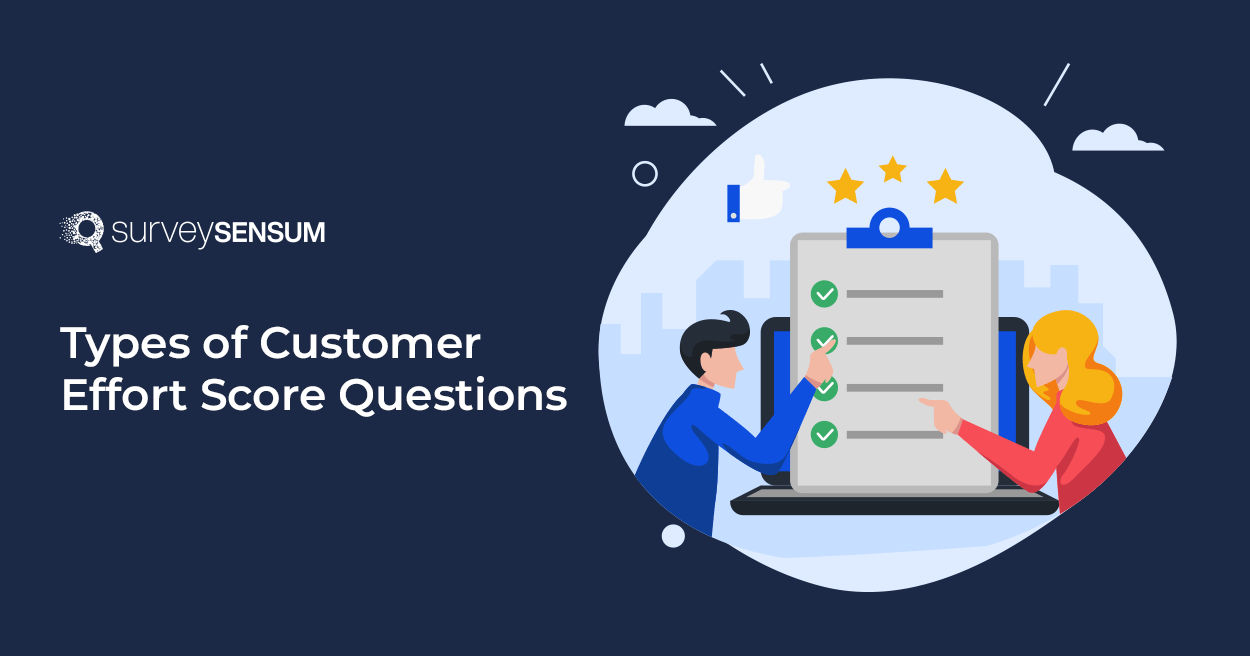
According to Gartner’s research study, Effortless Experience Explained, 96% of customers who had a high-effort experience reported being disloyal, compared to only 9% of customers with a low-effort score.
When customers have to jump through hoops to buy a product, contact customer service, or report an issue, they usually end up feeling frustrated and abandoning the company. But that’s not it, they also leave negative feedback, influencing other potential customers.
So, what’s the solution? Customer Effort Score.
Customer Effort Score (CES) is like a secret weapon that spills the beans on how much sweat your customers are breaking when they deal with your company. Crafting an effective and accurate CES survey can help businesses get actionable insights into their customer satisfaction and pinpoint areas for improvement.
In this blog, we’ll delve into the different types of customer effort questions to ask in a CES survey, complemented by examples that will help you to construct a comprehensive survey that effectively captures the essence of customer effort.
Types of Customer Effort Score Questions (With Examples)
There are 3 types of customer effort score questions that businesses can use to create CES surveys.
This type of rating scale asks customers to provide a quantitative rating of their effort on a scale of 1-5 or 1-7 or 1-10. Usually, a high score reflects a low effort from the customer and a low score indicates a high effort. But this scale can be reversed based on the context of the question.
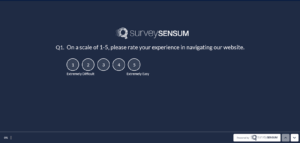
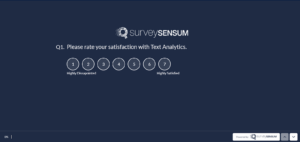
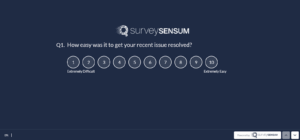
If you want a more detailed evaluation, then consider using the Likert scale. Likert scale questions offer a range of options, allowing customers to express their effort level with more nuance. These scales usually include options like “Strongly Disagree,” “Disagree,” “Neutral,” “Agree,” and “Strongly Agree.”
There are mainly 2 types of Likert scales:
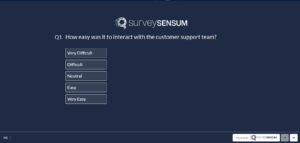
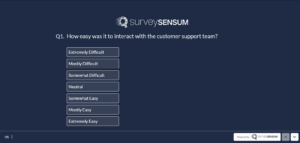
Want to make your survey experience visually appealing? Use the Emoticon rating scale.
Emoticons provide a visual and easily interpretable way for customers to convey their effort level.
The emojis used usually reflect two extremes, two intermediate, and one neutral.
😀 (Piece of cake)
🙂 (Moderate)
😐 (So-so)
😕 (Kinda tough)
😩 (Ugh, tough as nails)
![]()
Along with these three rating scales, you can also ask customers some open-ended questions after their initial response. This will help you in understanding why they have given that particular score to the statement.
Tip: Regardless of which method you choose, you need to make sure that the questions you frame should be specific to the area you want to improve.
For example, if you want to understand the amount of effort it takes to complete the payment process, then your questions should be – ‘Please rate your experience on how much effort you have to put in the payment process during your recent purchase.’
See how the question is centered around the payment process.
Now that you have understood the different types of CES rating scales, let’s go over some customer effort score questions.
1. ‘How easy was it to interact with the support team?’
You can use a numbered rating method with a scale ranging from 1-5, 1-7, or 1-10 – depending on how much of a detailed answer you want.
2. ‘How easy was it to find the information you were looking for on the website?’
You can use an emoticon rating scale here with options ranging from ‘very difficult’ to ‘very easy’ and with emojis showing a very sad face to a super happy face.
3. ‘Please rate your level of agreement with the statement – The checkout process was efficient and required minimal steps.’
You can use a Likert scale rating method here, with lower scores reflecting less effort and higher scores reflecting high effort, or reverse it – low score reflecting high effort and high score reflecting low effort.
4. ‘Considering your recent experience, how easy was it to reach out to us for assistance?’
You can use a numbered rating scale and ask your customers to rate your customer service process. The scale for rating can be 1-5, 1-7, or 1-10.
5. ‘Pick the emoji that shows how much effort it took you to create your account.’
Provide emojis, from a very angry face to a very happy face – expressing the amount of effort the customer had to put in. Alternatively, you also frame the question a little differently – ‘Please rate your experience in setting up your account on our website’ and ask customers to rate their experience.
Incorporating effective customer effort score questions in your CES surveys empowers your business to assess the effort customers invest in their interactions with your business.
Customer Effort Score (CES) is not merely a CX metric but a powerful tool for understanding customer sentiment and predicting future behavior. Its importance lies in its ability to guide you toward creating a seamless and efficient customer experience that fosters customer loyalty, reduces churn, and drives operational excellence.
For creating efficient CES surveys with different rating scales, you need an effective CES software that lets you create and launch CES surveys, gather feedback in real-time, alert you of any detractors, and help you close the feedback loop in time – enhancing overall customer satisfaction and building stronger relationships with your customers.
Give SurveySensum a try to experience all of the above amazing features and much more!
